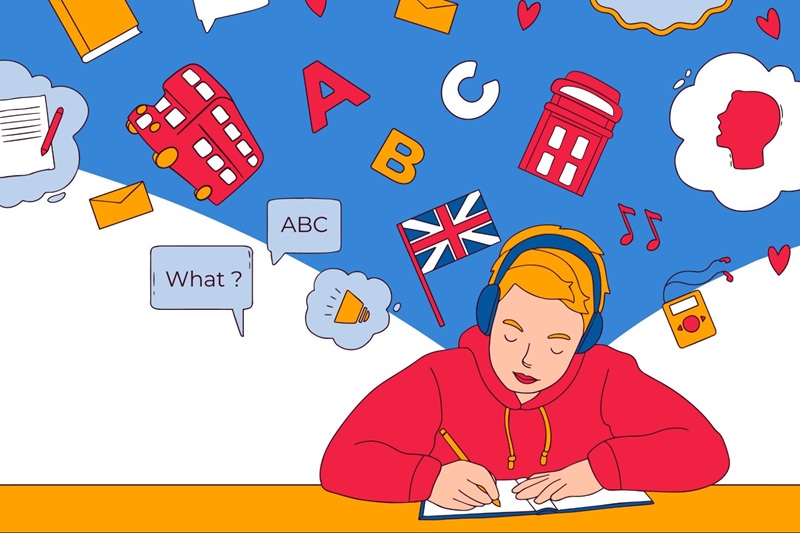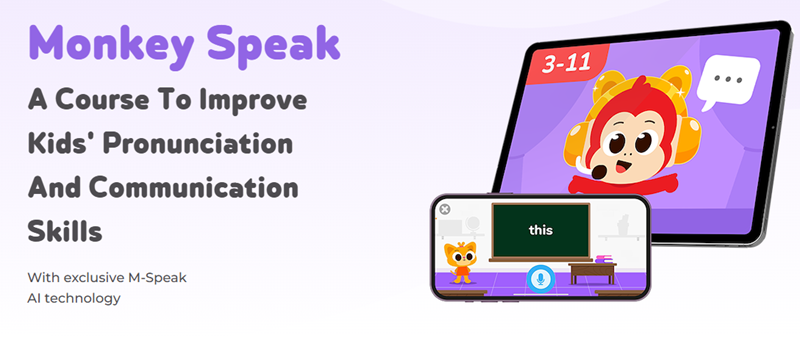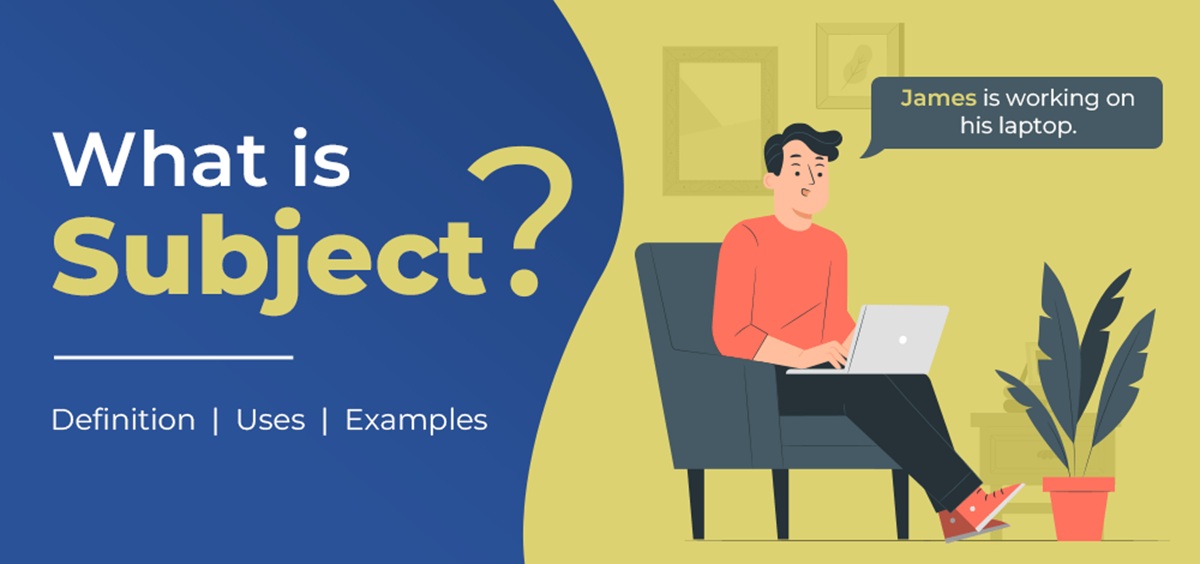Struggling with English listening practice? You're in the right place! This guide offers clear methods and top resources to help beginners understand English conversations better. Let's start improving your listening skills today!
Common difficulties in English listening comprehension
A common difficulty in English listening comprehension is the inability to follow fast or connected speech. Native speakers often link words together, reduce sounds, or speak with regional accents, making it hard for learners to catch individual words. This problem is especially noticeable during English listening practice when the audio includes natural, unscripted conversations.
Another frequent challenge is the use of unfamiliar vocabulary, idioms, or phrasal verbs. During English listening practice, many learners find it hard to grasp the meaning when words are not used in their literal sense. Slang and cultural references also add to the confusion, leading to misunderstandings even when learners know the grammar and basic vocabulary.

Effective English listening practice methods
Improving English listening skills is a crucial part of becoming fluent. It takes consistent effort and a variety of approaches. Here are some of the most effective methods for English listening practice:
Active Listening vs. Passive Listening
When it comes to English listening practice, understanding the difference between active and passive listening is crucial. While both have their place in language learning, active listening is often more effective for improving comprehension and retention. This method requires full concentration and engagement with the audio, helping learners pick up new vocabulary, recognize sentence structures, and better understand context.
To apply active listening in your English listening practice, follow these simple steps:
-
Choose audio materials suitable for your level (podcasts, short dialogues, or learner-friendly videos).
-
Listen to a short segment (30 seconds to 1 minute) without subtitles.
-
Replay the same segment and try to write down what you hear.
-
Check your transcript with subtitles or a script if available.
-
Note new vocabulary or expressions and look them up.
-
Repeat the segment until you can understand it clearly without assistance.
Listen to topics you enjoy
One of the most effective ways to stay motivated during your English listening practice is to listen to topics you genuinely enjoy. When you're interested in the subject, you're more likely to stay focused, retain information, and develop a natural feel for the language. This method not only improves listening skills but also builds vocabulary and comprehension through content that feels engaging and relevant.
To make the most of your English listening practice using enjoyable topics, follow these steps:
-
Identify topics that interest you, such as travel, technology, health, or entertainment.
-
Search for English podcasts, YouTube channels, or audiobooks related to those topics.
-
Start with shorter content to build your confidence.
-
Listen actively by taking notes or summarizing key points.
-
Re-listen to segments to reinforce new vocabulary and phrases.
-
Gradually increase the difficulty level as your listening improves.
Create an English immersion environment
Creating an English immersion environment is a powerful technique for improving your English listening practice. By surrounding yourself with the language throughout your daily routine, you train your brain to process English more naturally. This method helps you become familiar with different accents, speech patterns, and everyday vocabulary, making listening comprehension feel less like a task and more like a habit.
To build an English immersion environment for effective English listening practice, follow these steps:
-
Set your phone, computer, and social media to English.
-
Listen to English radio or podcasts during your commute or chores.
-
Watch English TV shows, movies, or YouTube channels regularly.
-
Play English music in the background while working or relaxing.
-
Join online communities or forums where English is used.
-
Speak or think in English as much as possible during the day.

Practice listening with various English accents
Practicing with various English accents is a highly effective method to improve your English listening practice. English is a global language spoken with many regional accents—from American and British to Australian, Indian, and more. Training your ears to understand different accents not only boosts your comprehension but also prepares you for real-life conversations with people from diverse backgrounds.
To enhance your English listening practice with multiple accents, follow these steps:
-
Start with familiar accents like American or British English.
-
Explore podcasts, interviews, and news channels that feature speakers from different regions.
-
Watch international TV shows or YouTube content with native speakers.
-
Use subtitles at first to understand unfamiliar pronunciation, then remove them gradually.
-
Repeat short segments to focus on the rhythm and intonation of each accent.
-
Challenge yourself by mimicking the accent to improve both listening and speaking skills.
Listen to English and repeat the sentence immediately
Listening to English and immediately repeating the sentence is a powerful technique in English listening practice. This method not only trains your ears to catch the correct pronunciation, rhythm, and intonation, but also helps improve your speaking fluency and memory retention. By repeating right after hearing, you actively engage with the language and reinforce what you've just learned.
To apply this shadowing technique in your English listening practice, follow these steps:
-
Choose audio with clear, natural pronunciation, such as podcasts or language-learning videos.
-
Listen to one sentence or short phrase at a time.
-
Pause the audio and repeat the sentence out loud immediately, mimicking the speaker's tone and pace.
-
Replay the sentence to compare your pronunciation.
-
Record yourself and listen back for self-evaluation.
-
Practice regularly with different types of content to improve accuracy and confidence.
Write down what you hear
Writing down what you hear is one of the most effective techniques in English listening practice. This method, often called dictation, helps sharpen your listening accuracy, improve spelling, and strengthen your grasp of sentence structure. By focusing on each word and sound, you train your brain to pay attention to details that are often missed during passive listening.
To effectively use this method in your English listening practice, follow these steps:
-
Select a short audio clip with clear pronunciation, such as a podcast or news segment.
-
Listen to one sentence at a time without subtitles.
-
Pause and write down exactly what you hear.
-
Replay the sentence if needed to catch missing words or unclear parts.
-
Compare your transcription with the official script or subtitles.
-
Highlight mistakes and review the correct forms to reinforce learning.

Quality English listening practice resources
To make significant progress in English listening, you need access to a variety of high-quality resources that cater to different levels and interests. Here's a breakdown of excellent options:
English learning apps
English learning apps offer high-quality resources that make English listening practice engaging and effective for learners of all ages. These apps provide diverse listening materials and interactive features that help improve comprehension, pronunciation, and speaking confidence. One standout app is Monkey Speak, which uses advanced AI technology to create a personalized learning experience focused on pronunciation and communication skills.
Here are some top English listening practice resources available through apps:
-
Monkey Speak: An AI-powered app designed specifically for children, offering instant shadowing exercises, interactive games, and simulated conversations with detailed feedback on pronunciation, intonation, and fluency.
-
BBC Learning English: Provides clear, natural spoken content with subtitles for various skill levels.
-
Duolingo: Offers gamified listening exercises perfect for beginners.
-
EnglishClass101: Features podcasts and video lessons tailored to different proficiency levels.
-
TED Talks: Delivers inspiring talks with transcripts and subtitles to enhance listening skills.
For a fun and effective way to boost your child's English listening practice, Monkey Speak combines technology and engaging activities to develop accurate pronunciation and communication confidence.

YouTube channels and podcasts
YouTube channels and podcasts are excellent resources for English listening practice, offering a wide range of authentic content that caters to all skill levels. These platforms provide exposure to natural conversations, varied accents, and diverse topics, which help improve comprehension, vocabulary, and pronunciation. Regularly listening to such content allows learners to develop better listening skills in an engaging and flexible way.
Here are some quality YouTube channels and podcasts ideal for English listening practice:
-
BBC Learning English: Features clear explanations and engaging lessons suitable for different levels.
-
English Addict with Mr. Steve: A podcast focusing on everyday English with lively discussions.
-
TED Talks: Offers inspiring speeches with transcripts to support comprehension.
-
VOA Learning English: Provides news and stories spoken in clear, slow English.
-
EnglishClass101: Combines podcast lessons with video content for a comprehensive learning experience.
Audiobooks
Audiobooks are a valuable resource for English listening practice, providing immersive and convenient ways to improve listening skills. Listening to audiobooks helps learners familiarize themselves with natural speech patterns, pronunciation, and intonation while enjoying stories or informative content. This method supports vocabulary building and comprehension in context, making it easier to retain new words and phrases.
Here are some popular audiobook platforms ideal for English listening practice:
-
Audible: Offers a vast library of audiobooks across genres with professional narration.
-
LibriVox: Provides free public domain audiobooks read by volunteers worldwide.
-
Google Play Books: Includes a wide range of audiobooks with easy access on mobile devices.
-
Storynory: Features free audiobooks and stories especially designed for English learners.
-
Scribd: Combines audiobooks, eBooks, and other media with subscription access.
Movies and TV shows
Movies and TV shows are excellent resources for English listening practice, offering learners exposure to natural dialogues, varied accents, and real-life conversational contexts. Watching films and series helps improve comprehension, enrich vocabulary, and understand cultural nuances. This immersive approach makes listening practice enjoyable and effective, especially when combined with subtitles for better understanding.
Here are some popular platforms and sources for English listening practice through movies and TV shows:
-
Netflix: Provides a wide range of movies and series with subtitle options for different skill levels.
-
Amazon Prime Video: Offers diverse English content, including original series and films.
-
Hulu: Features many popular TV shows and movies with flexible subtitle settings.
-
Disney+: Contains family-friendly movies and shows perfect for learners of all ages.
-
YouTube Movies: Allows access to free and paid movies with subtitles to support listening practice.

Listening to English music
Listening to English music is a fun and effective method for English listening practice, especially for learners who want to improve their listening skills in a relaxed and enjoyable way. Songs expose listeners to real-world language use, including slang, idioms, rhythm, and pronunciation. Repeating lyrics and singing along can reinforce listening comprehension and help build better speaking fluency over time.
Here are some great platforms for English listening practice through music:
-
Spotify: Offers curated English playlists by genre, mood, and language level.
-
YouTube: A vast library of music videos with lyrics and live performances.
-
Apple Music: High-quality English songs across all genres with lyric display options.
-
Lyricstraining: Combines music with interactive listening games using popular songs.
-
Musixmatch: Displays real-time synced lyrics while streaming from multiple platforms.
Common mistakes in English listening practice
Many learners struggle to see progress in their English listening practice because they unknowingly repeat common mistakes. One major error is passive listening - simply hearing English without engaging actively. Others rely too heavily on subtitles or translate word by word, which slows comprehension and prevents natural understanding. Additionally, some focus only on one accent or topic, limiting exposure to real-life variety in pronunciation and vocabulary.
To avoid these mistakes and build stronger listening skills, it’s important to practice actively and consistently with the right tools. Monkey Speak is a specialized English speaking and pronunciation app for kids that uses AI to simulate real conversations. It provides instant feedback on pronunciation, intonation, and fluency - helping learners overcome the exact challenges many face in English listening practice.
Tips for effective English listening practice to avoid errors
To improve your English listening practice and avoid common errors, it’s important to adopt effective techniques that encourage active engagement and consistent progress. Here are practical tips to help you make the most of your listening sessions:
-
Set clear goals before each listening session, this helps you focus and track progress.
-
Choose audio materials suitable for your level, avoid content that is too hard or too easy.
-
Listen actively - take notes, repeat sentences, and predict what comes next.
-
Expose yourself to different accents and contexts, real-life English comes in many forms.
-
Use subtitles wisely, start with them if needed, then turn them off gradually.
-
Reflect after listening, summarize the content and note down new vocabulary.
-
Avoid multitasking, focus fully on the audio to maximize comprehension.

Consistent English listening practice is key. Use these simple tips and resources to build your confidence and comprehension. Keep practicing, and you'll soon hear the difference! Ready to accelerate your progress? Try Monkey Speak today for interactive and effective listening exercises!



![[Complete guide] Effective English listening practice for beginners](https://vnmedia2.monkeyuni.net/upload/web/storage_web/09-06-2025_10:30:00_english-listening-practice.png)
.png)





